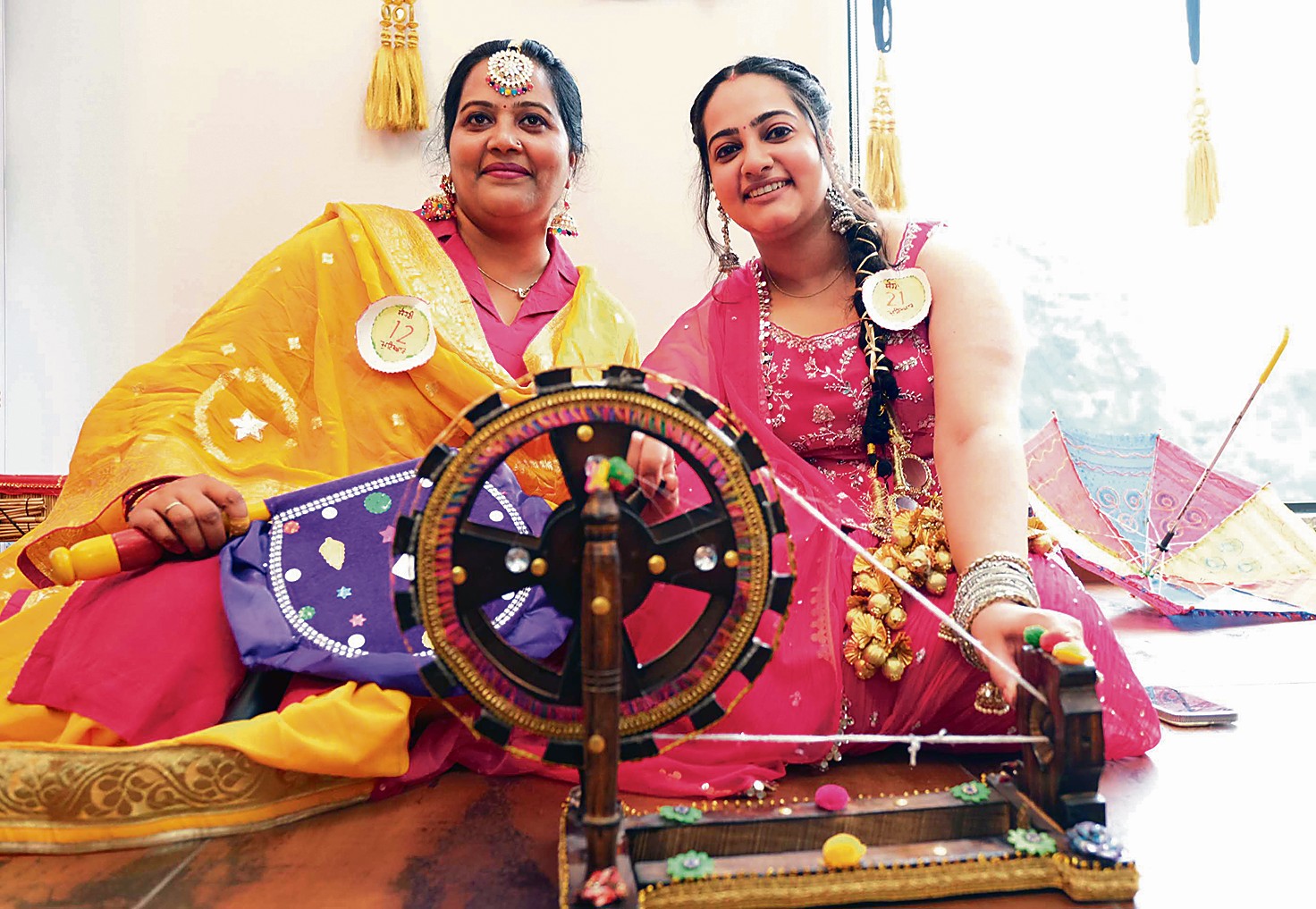Teeyan: Swings of memory and monsoon joy
As the monsoon clouds roll in over Punjab’s fields and courtyards, the scent of kheer-poore mingles with the rhythm of boliyan and the creak of peenghan on swings hung from sturdy mango trees. Teej, locally celebrated as Teeyan, is not just a festival; it’s a cultural heartbeat that pulses through generations of Punjabi womanhood.

Rooted in mythology and reverence, Teeyan commemorates the divine union of Shiva and Parvati, but in Punjab, it blooms into a celebration of daughters, motherhood and sisterhood. Traditionally held during the lunar month of Sawan, Teeyan is marked by vibrant rituals, collective joy and the delicate assertion of feminine freedom.
In earlier times, Teeyan was the most anticipated homecoming for married daughters. Their arrival at their parental homes transformed villages into echo chambers of laughter, music and shared sweets. As the morning sun spilled onto mud floors, groups of women would gather, dressed in their finest phulkaris, adorned with gold bangles and mehndi to sway on swings, dance Giddha in spontaneous circles, and contribute lovingly prepared dishes to community feasts.
“There were no invites, no formal programmes, just a common clearing in the village and shared rhythms,” recalls Surjit Kaur, an octogenarian in Ludhiana. “Kheer-poore was our Teeyan’s signature dish, simple, yet soul-satisfying.”
“I miss those days,” says 82-year-old Balwant Kaur, her voice trailing into memory. “Back in the village, Teeyan was the highlight of the year—we waited for months, stitching new suits, saving for glass bangles, and preparing sweets with our mothers. It wasn’t just celebration, it was pride. Girls would show off their new jewellery, and some wore heavy gold to hint at how well their in-laws had treated them. We didn’t have cameras or stages, but we had joy—pure, shared and simple.”
Today, Teeyan has journeyed into banquet halls, resorts and college auditoriums. Urban celebrations are curated, stylised and fleeting — a single afternoon of photo ops, performances and Teej-themed buffets. Though traditional dresses and rituals remain visible, many elders lament the fading soul of the festival.
“Earlier, we celebrated Teeyan with the earth under our feet and laughter in our hearts,” says Narinder Kooner, a retired schoolteacher from Mullanpur. “Now, it feels like we wear tradition rather than live it.”
Yet, in college campuses and women’s clubs, Teej finds new voices. Cultural functions honour the folk spirit. Young students perform Giddha with zest, wearing parandi and green suits, a nod to fertility and prosperity. Even as the form evolves, the spirit lingers.
Perhaps that’s the charm of Teeyan, it’s not confined to one setting or generation. Whether swinging under tree canopies or under ceiling fans, the festival continues to honour bonds that matter: between women, between seasons, between yesterday and today.
wuw
Ludhiana